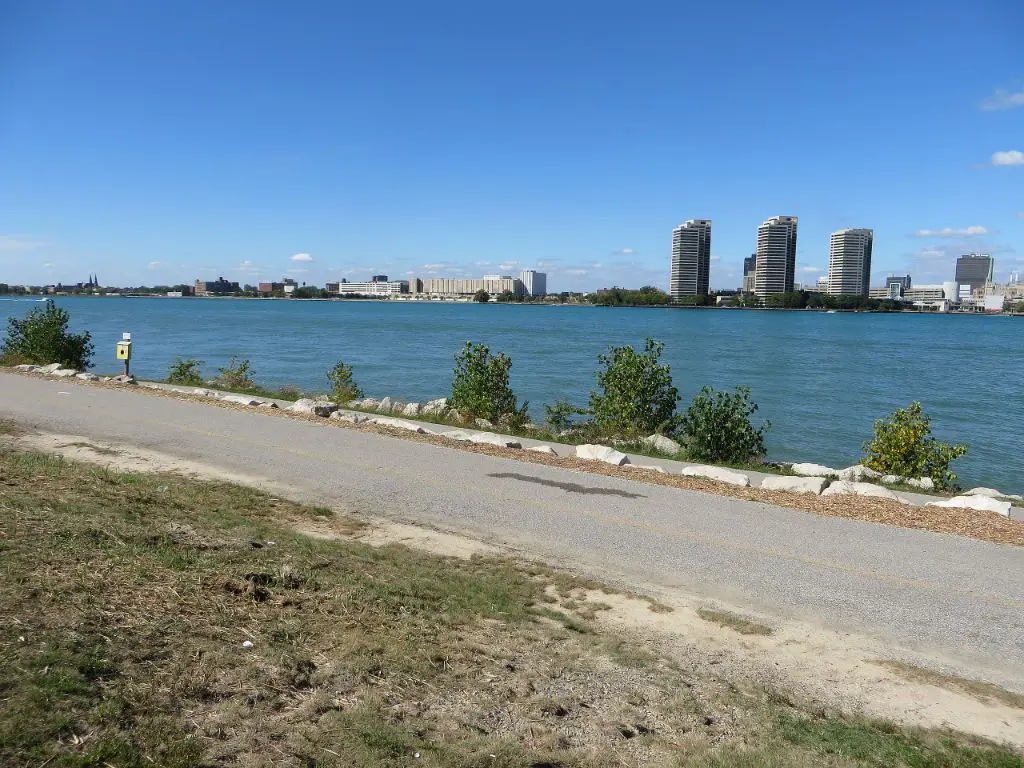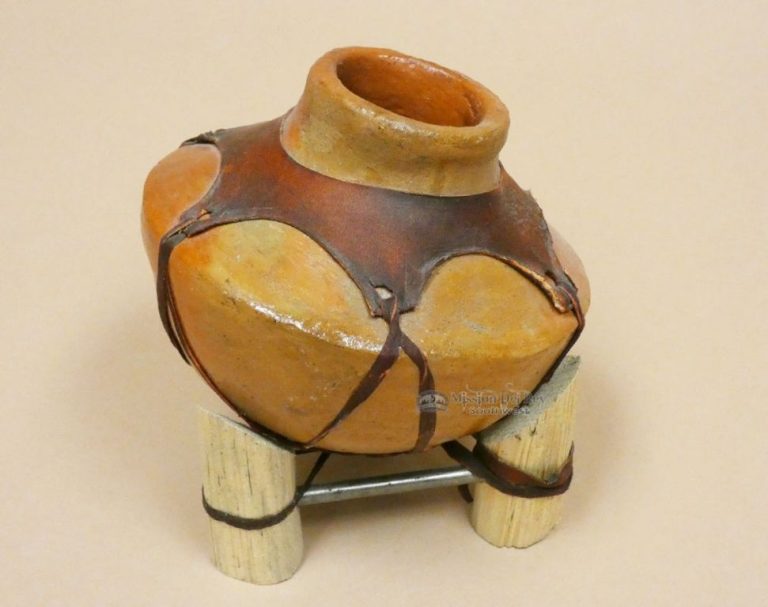How Close Is Detroit To The Canadian Border?
The proximity and close relationship between Detroit, Michigan and Canada is a fascinating topic. Detroit lies right across the river from Windsor, Ontario and just about 50 miles north of the U.S.-Canada border. This geographic closeness has led to a long intertwined history and many cross-border economic, cultural, and social connections between Detroit and Canada.
Exploring the exact distance, travel times, border crossings, trade links, shared history, and cultural ties between Detroit and Canada provides insight into the close bonds these neighboring places share. Detroit’s location so near the Canadian border has shaped its development and character in many ways over the years. Understanding the Detroit-Canada connection helps illuminate the vital role border cities play in international relations.
Exact Distance
The driving distance from Detroit, Michigan to the Canadian border is approximately 53 miles or 85 kilometers, according to DistanceFromTo.com. Trucking.com reports 58.7 million as the total number of truck miles driven from Detroit to Canada in 2021.
The city of Detroit sits directly across the Detroit River from Windsor, Ontario. The Ambassador Bridge and the Detroit-Windsor Tunnel connect the two cities and countries. So the distance between Detroit and Canada can be measured in just miles or kilometers when crossing at these border points.
Driving Time
The driving time from Detroit to the Canadian border is relatively short thanks to multiple major highways that connect the two locations. According to Travelmath, the driving time from Detroit to Toronto, Canada is approximately 4 hours, though this may vary depending on the specific destination and route taken.[1]
When crossing at the Detroit-Windsor Tunnel or Ambassador Bridge, the drive time to downtown Windsor is approximately 30 minutes from downtown Detroit in ideal traffic conditions. However, border delays can add considerable time, especially for commercial vehicles.[2]
The quickest driving route is via Interstate 94 and Highway 401 across the Ambassador Bridge. This major corridor connects Detroit to Toronto and beyond. Driving to other Canadian cities like Ottawa or Montreal takes approximately 5-6 hours from Detroit.
Major Border Crossings
Detroit’s proximity to Canada has resulted in several major border crossings between the two countries over the years. According to Charles County Maryland Cators, some of the main border crossings used to go between Detroit and Canada include:
- The Ambassador Bridge – Connecting Detroit to Windsor, Ontario. This is the busiest international border crossing in North America.
- The Detroit-Windsor Tunnel – Also connecting Detroit to Windsor. The only underground border crossing between the two countries.
- The Blue Water Bridge – Connecting Port Huron, Michigan to Sarnia, Ontario. The second busiest crossing on the northern border.
- The International Bridge – Connecting Sault Ste. Marie, Michigan to Sault Ste. Marie, Ontario.

These major border crossings have facilitated tourism, trade, and economic ties between Detroit and Canada for decades.
Trade and Tourism
Detroit and Windsor have a long history of cross-border trade and tourism. According to a 2009 report by the Southeast Michigan Council of Governments, merchandise trade between Detroit and Windsor totaled $71.2 billion in 2008 [1]. Canada is the largest export market for Michigan, purchasing $23.8 billion in goods in 2019 according to Leddy Library. In terms of tourism, approximately 19 million visitors came to metropolitan Detroit in 2019, spending around $6 billion [2]. The Detroit-Windsor border is vital for both trade and tourism between the U.S. and Canada.
Historical Ties
Detroit and Canada have long been linked due to their close geographical proximity. Located immediately north of Detroit is Windsor, Ontario, which is connected to Detroit via the Detroit River. This closeness has shaped the historical ties between the two areas.
Detroit was founded by the French in 1701 as a fort and settlement. It was part of the French colony of New France and was originally named Fort Pontchartrain du Détroit. Control of Detroit changed hands between Britain and France several times before it was ceded to the United States in 1796 after the end of the American Revolutionary War (History of Detroit).
During the War of 1812, Detroit was surrendered to the British following the Siege of Detroit. It was recaptured by American forces in 1813. Detroit and Windsor again played a strategic role during the Patriot War in 1837-38 (A Brief History of Detroit).
In the 19th and early 20th centuries, Detroit and Windsor benefitted economically from each other. American entrepreneurs set up factories and businesses on the Detroit side, while Canadian workers crossed over to work in them. This interdependency fueled each other’s growth for decades.
Cultural Connections
Detroit shares a great deal of culture with nearby Canadian cities like Windsor and London. Music in particular flows freely across the Detroit River, with many musicians collaborating and performing on both sides. As this article discusses, the connections between Detroit and Canada’s music scenes are deep, shaping the sound of Motown and Detroit techno.
Visual arts also link Detroit and Canada. The Art Gallery of Windsor has highlighted these cross-border artistic connections through exhibits and collaborations with Detroit institutions. Frequent arts festivals spotlight joint creative endeavors. On a local level, these border communities share pastimes like attending concerts or art shows.
There are also similarities in cuisine, sports fandom, and local lingo that bind Detroiters and Canadians from nearby cities. Historical ties fostered through the Underground Railroad have left a cultural imprint. Ongoing tourism and trade sustain these cultural bonds into the present.
Economic Links
Detroit and Windsor, Ontario have long shared close economic ties due to their proximity across the international border. According to a report by the Southeast Michigan Council of Governments, in 2008 there were nearly 2.8 million border crossings between Michigan and Canada, with a large portion occurring between Detroit and Windsor (source). The auto industry has been a major driver of economic integration, with just-in-time delivery of parts and components flowing across the border. Nearly 30% of trade between the US and Canada crosses the Ambassador Bridge linking Detroit and Windsor, highlighting the critical transportation infrastructure connecting the regional economies (source).
Studies show the Detroit–Windsor region functions in many ways as a single cross-border economy and labor market. Workers frequently commute across the border, tourists cross for entertainment and recreation, and businesses maintain facilities on both sides. However, the increasing security measures enacted after 9/11 have posed challenges to cross-border flows. Continued cooperation between the US and Canada will be important for sustaining the deeply intertwined Detroit-Windsor regional economy.
Future Outlook
The close ties between Detroit and Canada will likely continue to strengthen in the future as trade and partnerships grow. Some ways this connection may evolve include:
- Increased trade and tourism as the border fully reopens post-pandemic. Canada is already Michigan’s largest trading partner, with over $70 billion in annual trade.
- More joint infrastructure projects like the Gordie Howe International Bridge, set to open in 2024. This new bridge will provide vital new capacity and connectivity.
- Continued growth in automotive and manufacturing supply chains crossing the border. The recent USMCA agreement provides updated terms facilitating this.
- More cultural events and festivals celebrating the historic cross-border ties. Examples are the Windsor-Detroit International Freedom Festival and Detroit Windsor Film Festival.
- Potential opportunities emerging from green energy and sustainability initiatives on both sides of the border.
Detroit’s proximity and established links with Canada provide a strong foundation to keep building upon for the future. Leaders are focused on growing jobs, trade and improving quality of life through this vital partnership.
Conclusion
In summary, Detroit’s proximity to Canada has been a major factor in its growth and development over the past centuries. Located right across the Detroit River from Windsor, Ontario, Detroit is only about 2 miles away from Canada as the crow flies. This has made Detroit a gateway for trade, tourism, and cultural exchange between the United States and Canada.
Some of the main points covered in this article demonstrate the importance of Detroit’s close ties with Canada:
- The Ambassador Bridge and Detroit-Windsor Tunnel facilitate over 25% of trade between the US and Canada.
- Millions of people cross the border each year for tourism and shopping.
- Detroit and Windsor have shared industrial development and supply chains in automotive and other sectors.
- The two cities have intertwined sports, entertainment, and arts communities.
As we look to the future, Detroit’s proximity and connections to Canada will continue to provide economic benefits, transportation access, and rich cultural links on both sides of the border.




